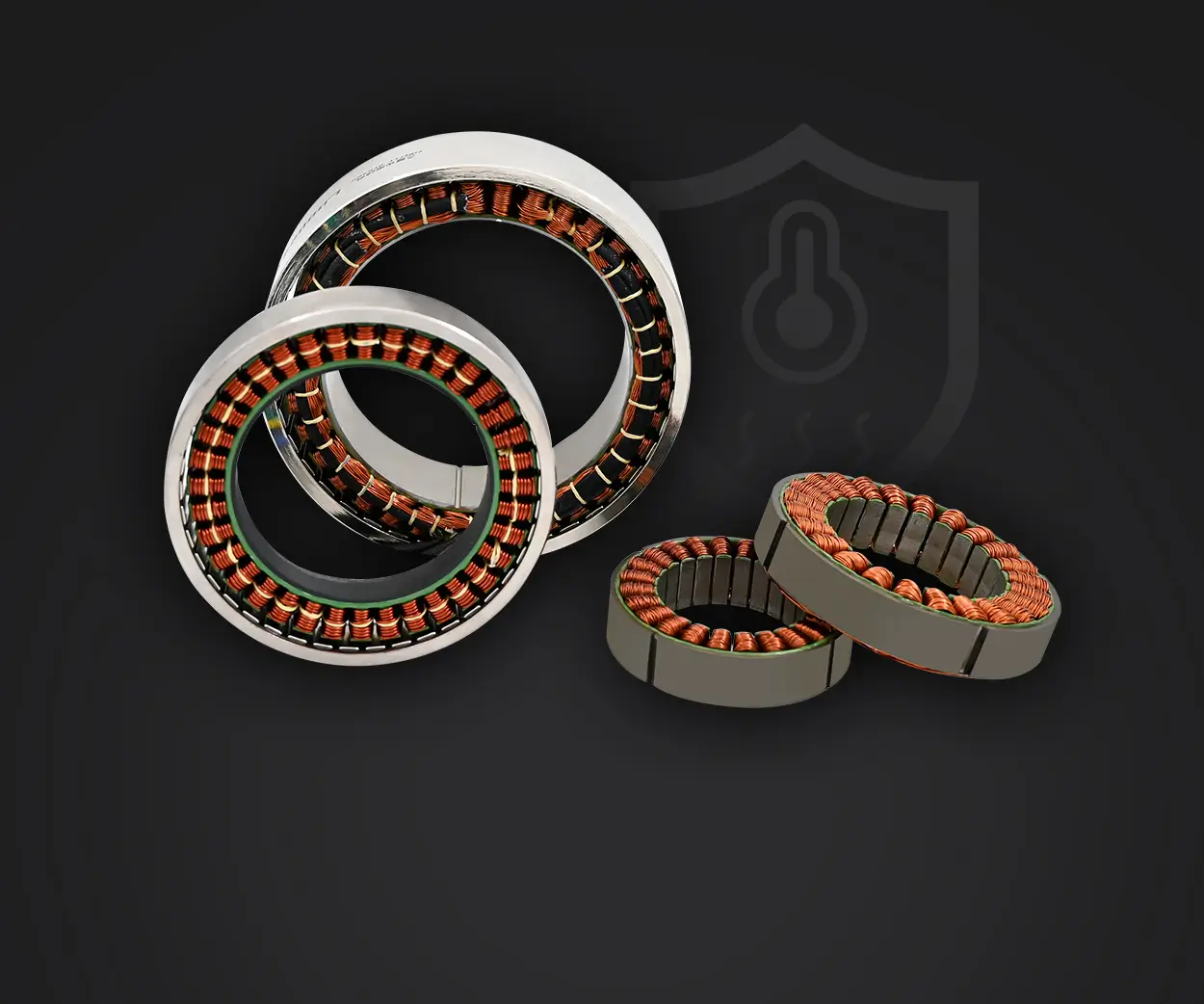Harnessing the Power of Servo Motors in Arduino Projects: An Introductory Journey
Imagine a world where machines respond precisely to your commands, moving smoothly and accurately whenever you desire. Servo motors are the heart of many robotics projects, enabling movement control with remarkable precision. Whether you're building a robotic arm, a camera gimbal, or an automated system, understanding how servo motors work and how to program them can set your creativity free.

What is a Servo Motor?
A servo motor is a compact yet powerful actuator that delivers high torque and accurate angular positioning. Unlike simple DC motors that rotate freely and require external components for control, a servo motor incorporates a built-in feedback system. This feedback mechanism continuously monitors the motor's position, allowing it to rotate to and hold a specific angle.
Typically, servo motors operate by receiving pulse-width modulation (PWM) signals from a microcontroller like Arduino. The width of these pulses determines the position of the motor's arm or shaft—varying from 0° to 180° in most standard servos. This precise control makes servo motors indispensable in robotics and automation.
Why Choose Servo Motors for Your Projects?
There are several compelling reasons to pick servo motors over other types of actuators:
Precision Control: You can set and hold the motor at specific angles, perfect for robotic joints.
Ease of Use: Most hobby servo motors are straightforward to connect and control with standard Arduino libraries.
Compact and Powerful: They pack a lot of capability into a small size, suitable for various applications.
Cost-Effective: Hobby servos are affordable, making them accessible for beginners and hobbyists.
Getting Started with Tinkercad and Arduino
Tinkercad Circuits, an innovative online platform by Autodesk, provides an excellent environment to simulate electronic circuits before actual assembly. Using Tinkercad allows you to experiment safely and learn the fundamentals of wiring, component interaction, and code without the risk of damaging hardware.
For beginners interested in programming servos, Tinkercad coupled with Arduino simulation offers a perfect playground. You can build virtual circuits, upload code, and observe motor responses in real-time, accelerating your learning curve.
Building Your First Servo-Driven Project in Tinkercad
Let’s outline the basic steps to simulate a servo motor project in Tinkercad:
Create a New Circuit: Log into Tinkercad, navigate to Circuits, and start a new project. Add Components: Drag an Arduino Uno, a servo motor, a breadboard (optional but recommended for clarity), and a resistor if needed. Wire the Components: Connect the servo's control (signal) pin to one of Arduino's PWM-capable digital pins (e.g., pin 9). Connect power (5V) and ground (GND) accordingly. Write the Code: Use Arduino IDE style code to control the servo. Tinkercad provides a built-in code editor with block or text programming options. Simulate and Observe: Hit the "Start Simulation" button, and watch the servo move as your code runs.
Sample Code to Initialize and Rotate a Servo
Here's a simple example of code that makes the servo rotate to particular angles:
#include Servo myServo; void setup() { myServo.attach(9); // Attaches the servo on pin 9 } void loop() { myServo.write(0); // Move to 0 degrees delay(1000); // Wait for a second myServo.write(90); // Move to 90 degrees delay(1000); myServo.write(180); // Move to 180 degrees delay(1000); }
In Tinkercad, this code can be uploaded directly, and you can see the servo move through the specified angles. This basic example is the foundation of more complex projects.
Understanding PWM and Servo Control
Servos listen to the PWM signals sent from Arduino's digital pins. Typically, these signals are a series of pulses with a timed width, where:
1 ms pulse: Corresponds to 0° 1.5 ms pulse: Corresponds to 90° 2 ms pulse: Corresponds to 180°
The Arduino Servo library simplifies this process, abstracting the raw PWM signals into simple write() commands. Once comfortable with basic movements, you can create more complex sequences, include sensors, or build interactive projects.
Practical Applications of Servo Motors
Servo motors are practical in many fields:
Robotics: For joint movement, grippers, or camera positioning. Remote-Control Vehicles: Steering mechanisms and throttle control. Home Automation: Automated blinds, pet feeders, or smart locks. Art Installations: Moving sculptures and kinetic art pieces. Educational Models: Demonstrating mechanical principles.
The flexibility of servo motors paired with Arduino and simulation tools like Tinkercad opens a universe of possibilities.
Transitioning from Simulation to Reality
Once you've mastered your virtual experiments, the real magic begins when you implement your designs physically. Hobbyist-grade servos are inexpensive and widely available online or at electronic stores.
When transitioning from Tinkercad to actual hardware, keep these tips in mind:
Power supply: Use a stable 5V supply, especially if powering multiple servos. Connections: Double-check wiring to avoid shorts. Code adjustments: Real-world motors may react differently; tweak delays and angles accordingly. Safety: Avoid stalling the servo, which can cause heat buildup or damage.
Stay tuned for Part 2—where we’ll delve into more advanced control techniques, sensor integrations, and creative project ideas that elevate your servo motor adventures from simple demos to sophisticated inventions.
Leveraging innovations in modular drive technology, Kpower integrates high-performance motors, precision reducers, and multi-protocol control systems to provide efficient and customized smart drive system solutions.




































